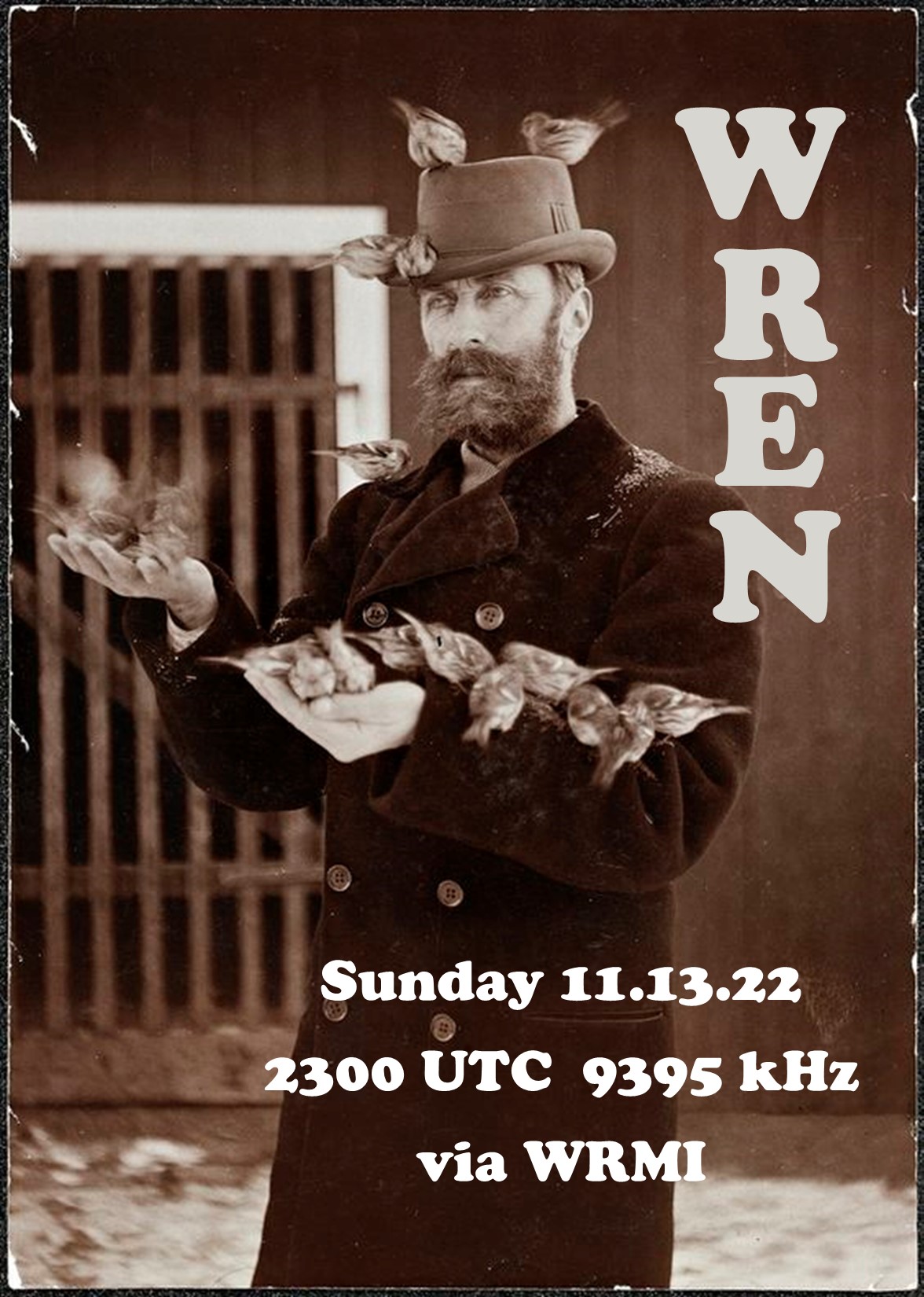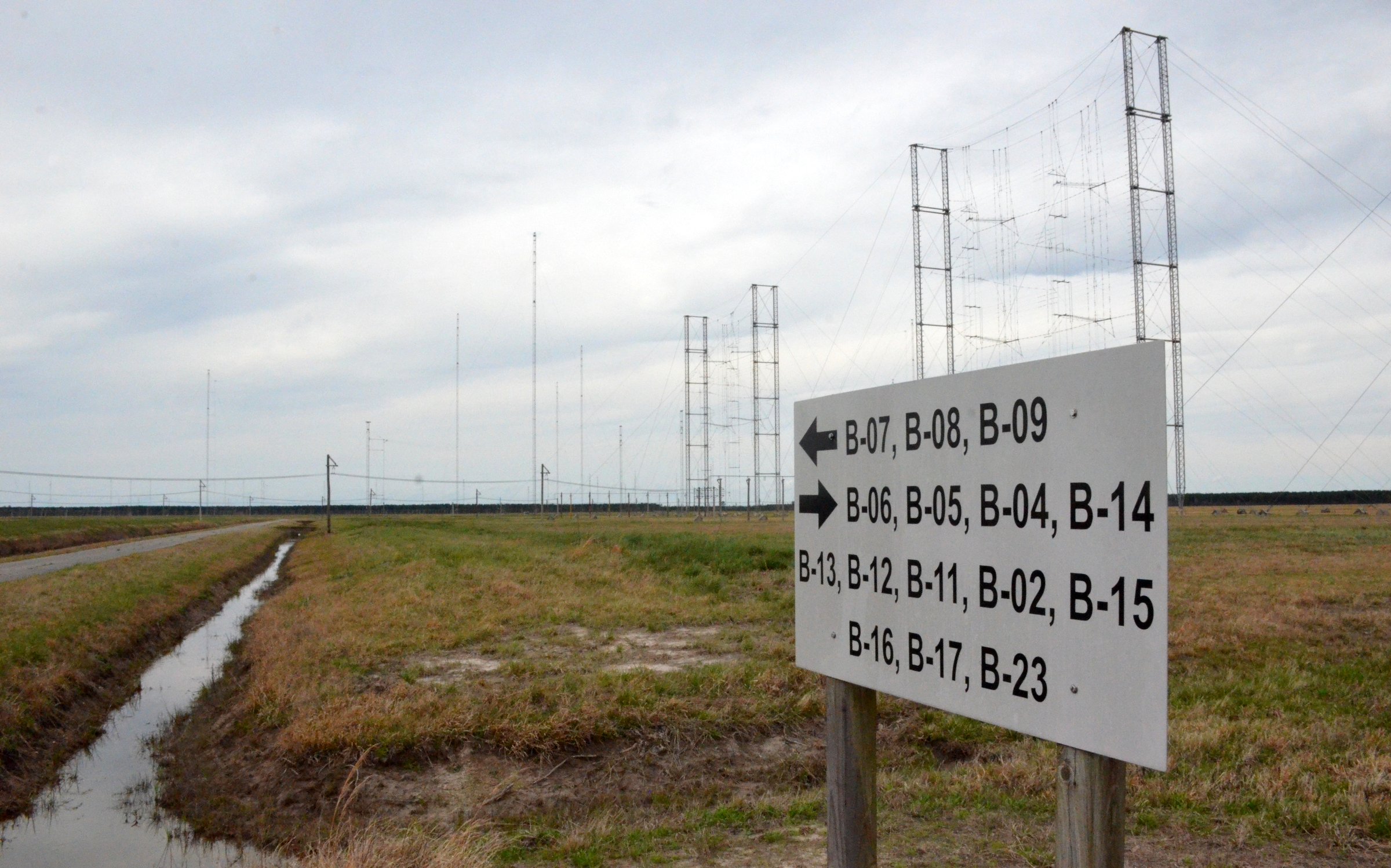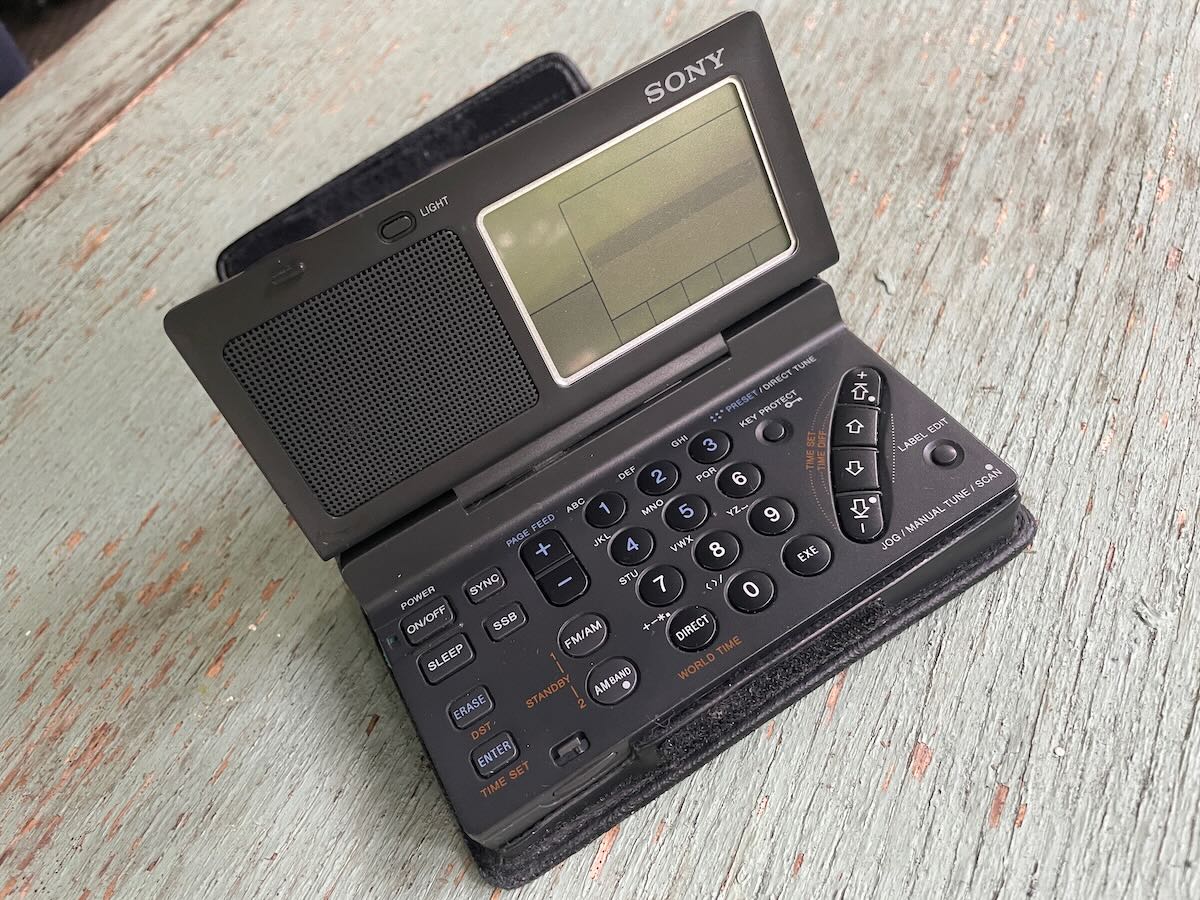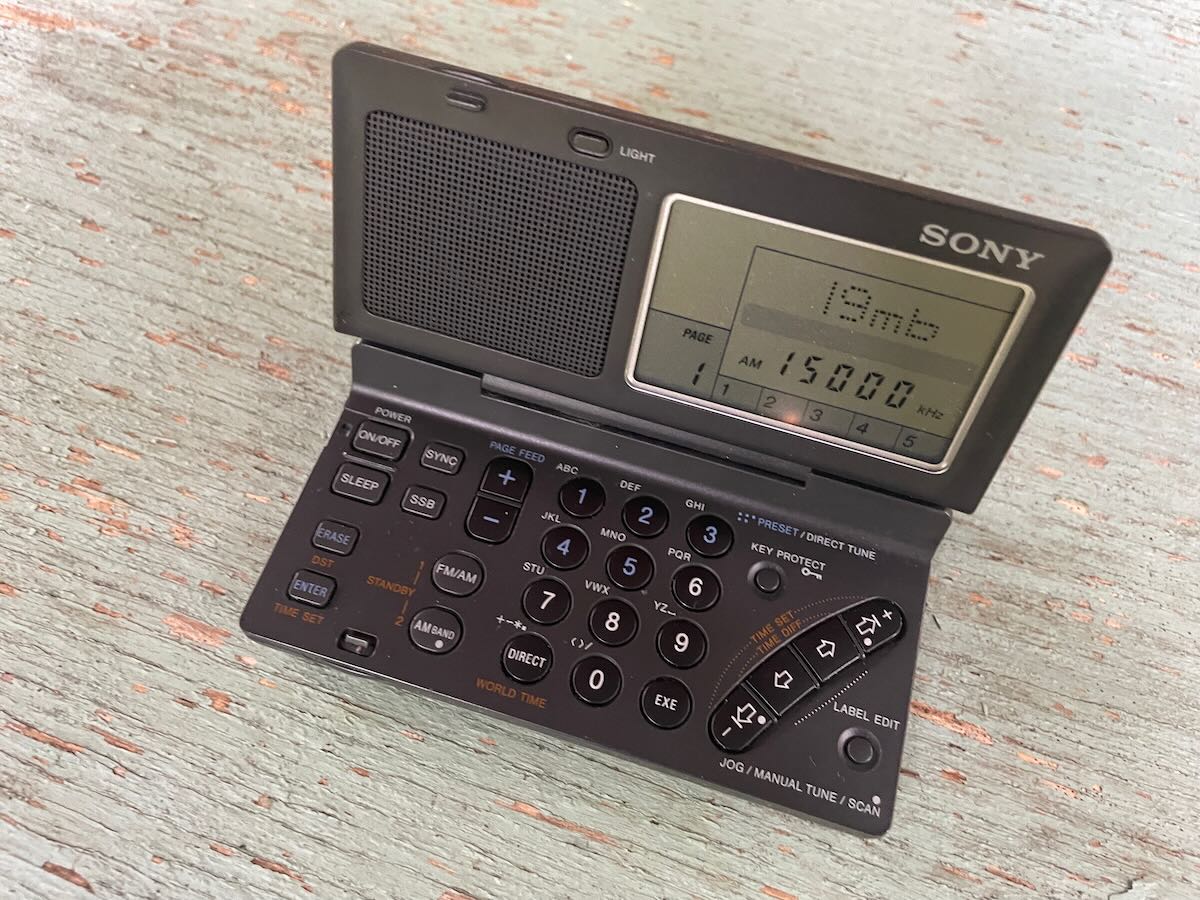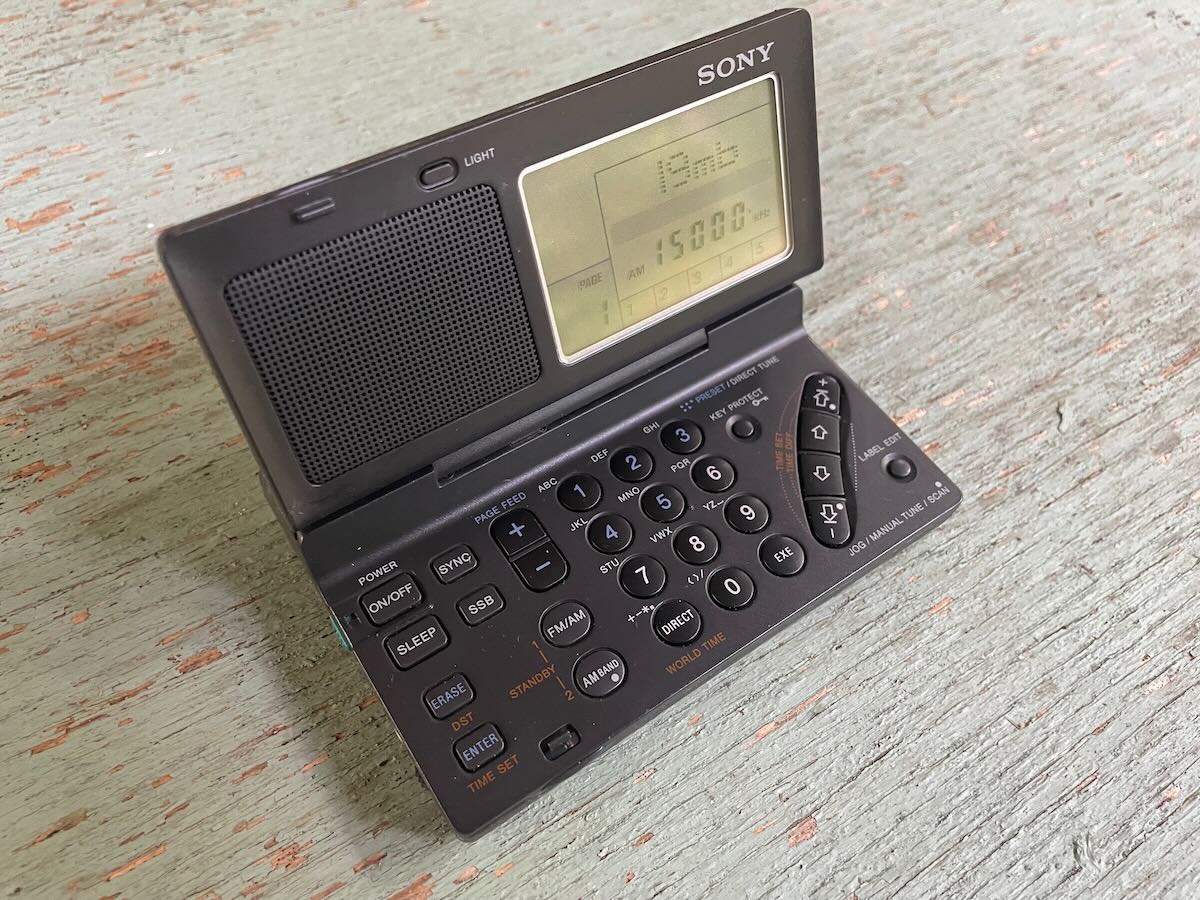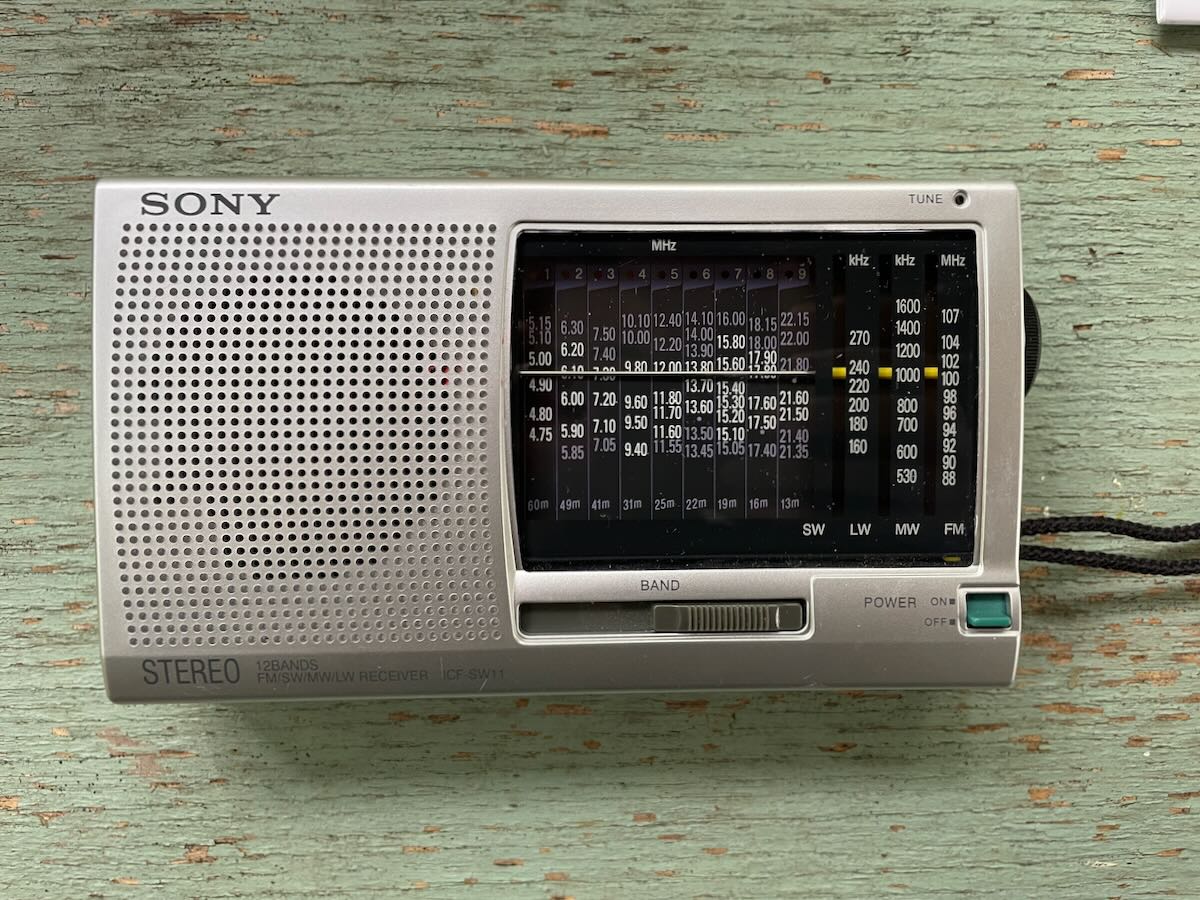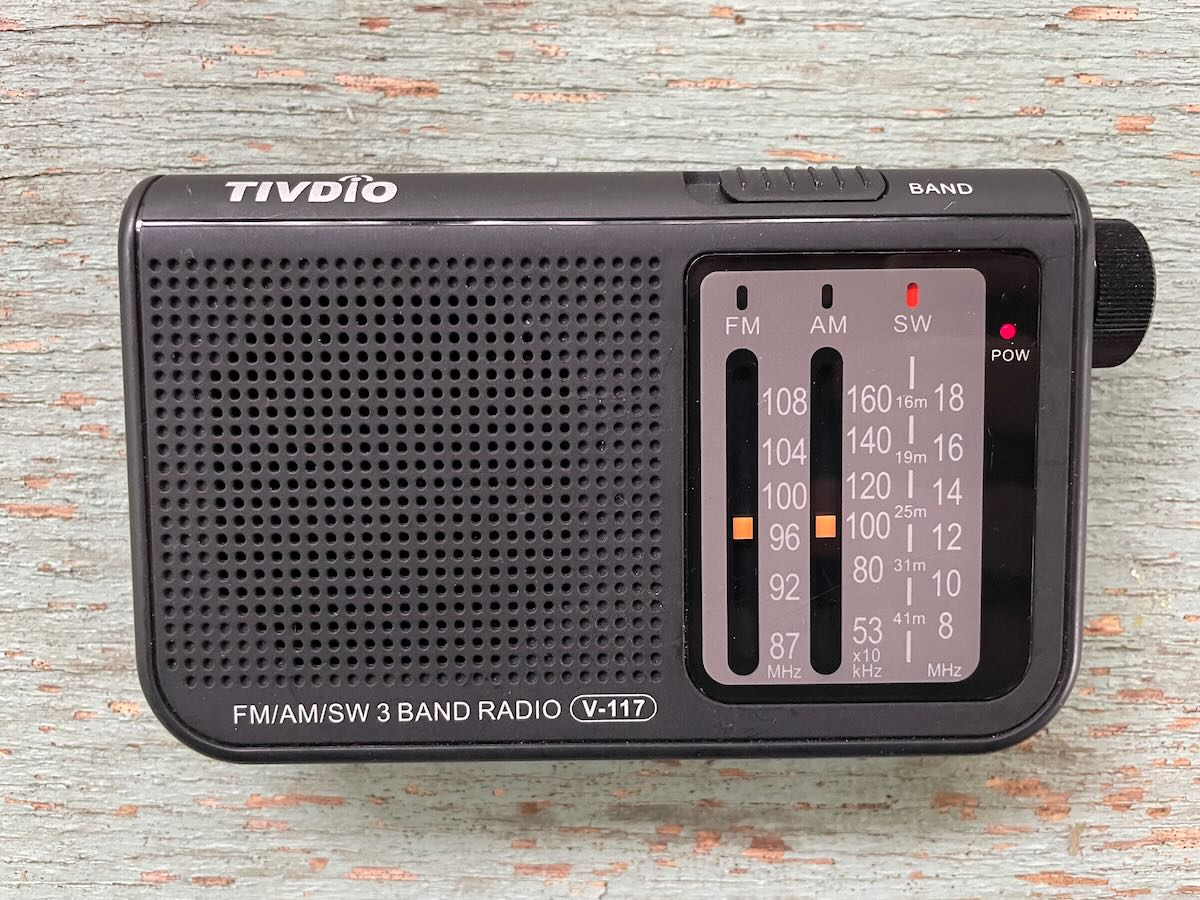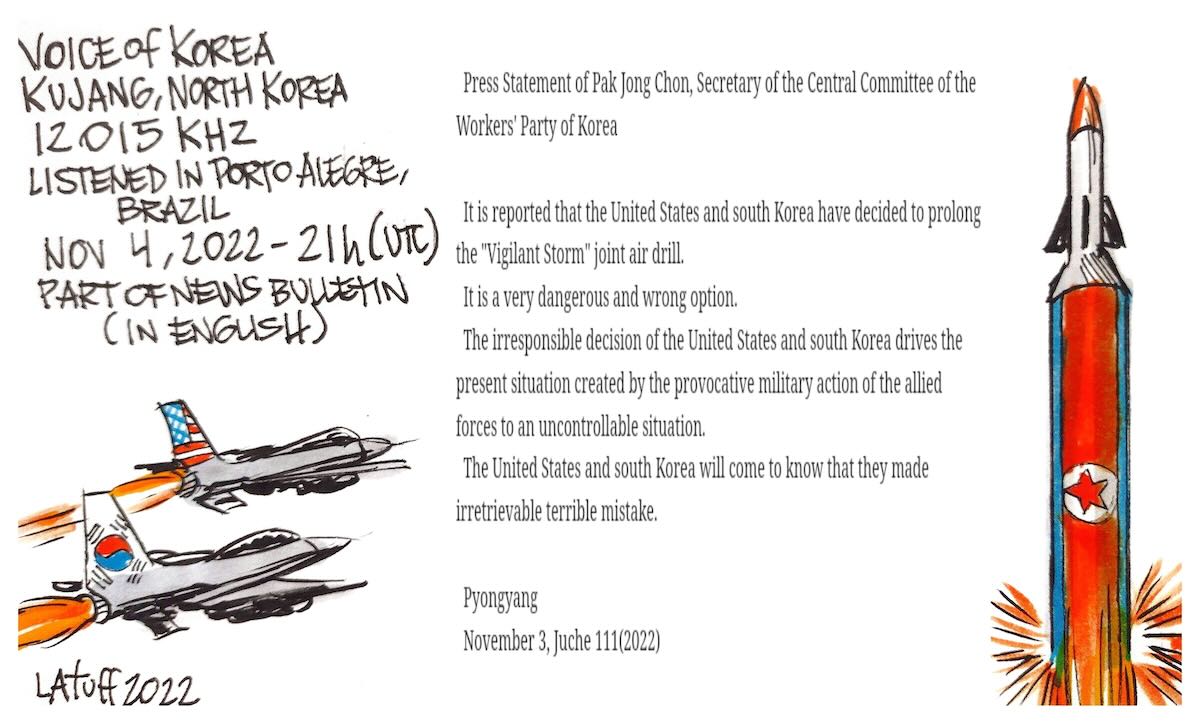I was recently searching for my review of the Tecsun H-501x on the SWLing Post to send to a reader when I realized I had not yet published it here! Let’s fix that…
The following review of the Tecsun H-501x was originally published in the November 2021 issue of The Spectrum Monitor magazine. Enjoy:
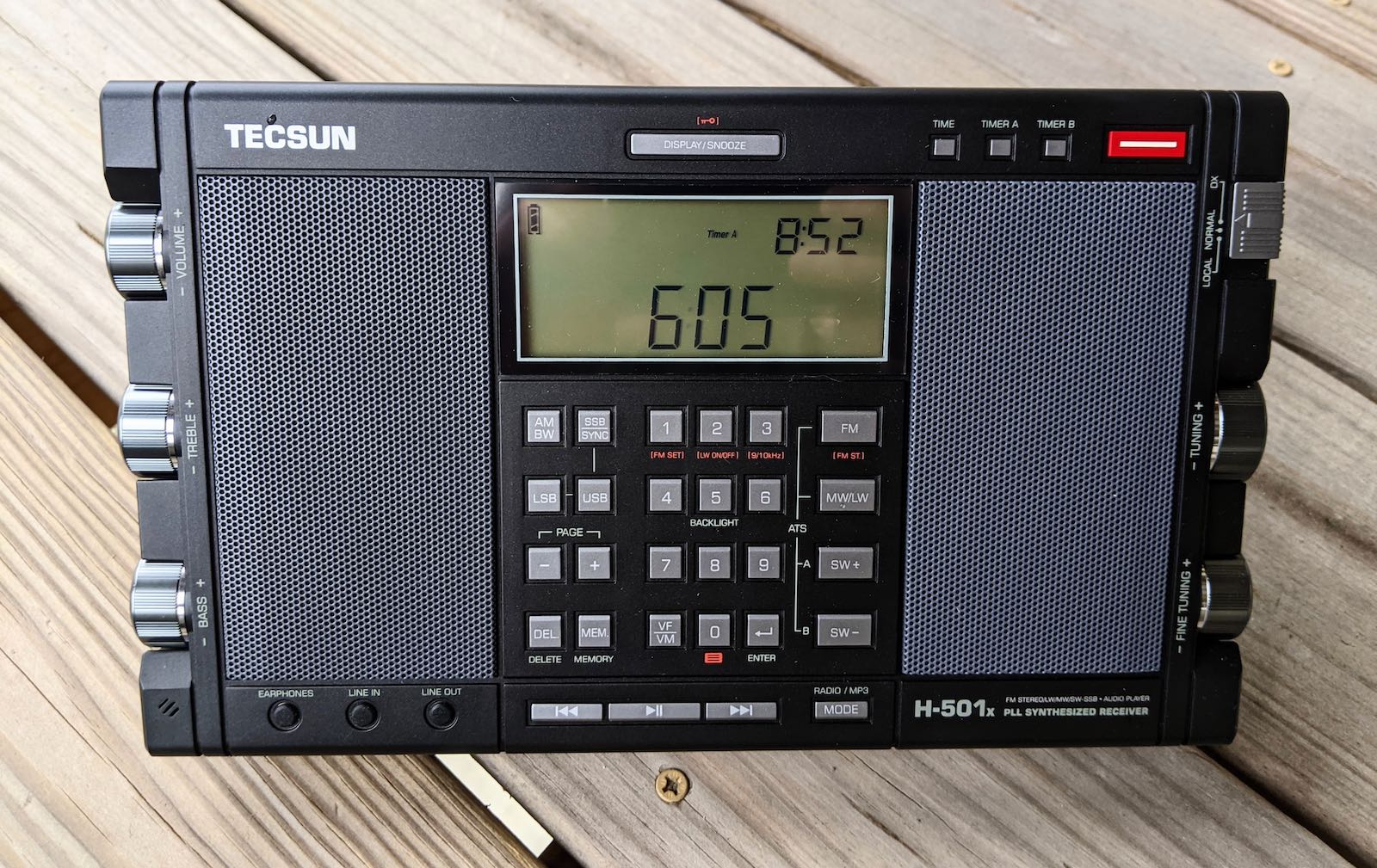 A review of the Tecsun H-501x
A review of the Tecsun H-501x
by Thomas (K4SWL)
Last year [2020], we were treated to a group of new shortwave portables from Tecsun: the PL-990, PL-330, and the H-501.
Although all of these models garnered attention from shortwave listeners, one model in particular seemed to draw the most interest, the Tecsun H-501.
No doubt, much had to do with the H-501’s size––a large format portable––and especially the twin stereo speakers, that no doubt sparked the interest of those of us who owned (or wished we owned) the venerable Grundig Satellit 500 or 700 with its reputation for robust audio.
Tecsun was also very clear during their product announcement in 2019 that the H-501x is the flagship portable for the Tecsun line.
H-501 versus H-501x
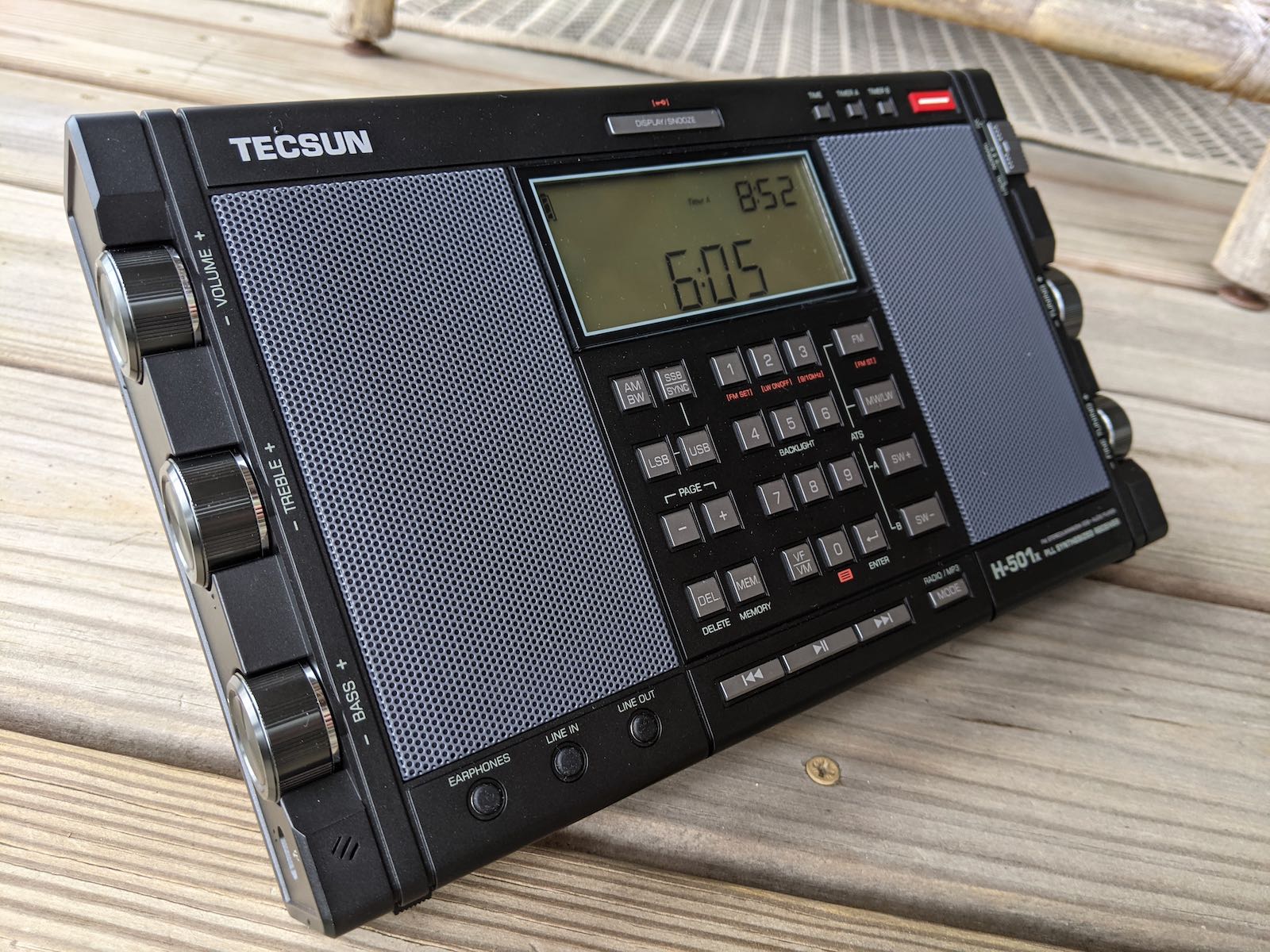 Note that the product being evaluated in this review is the H-501x; the latest “export” version of the H-501.
Note that the product being evaluated in this review is the H-501x; the latest “export” version of the H-501.
The differences between these two models is fairly modest. The “x” model gives the user a slightly lower frequency floor in longwave and shortwave, and finer FM tuning (50 kHz as opposed to 100 kHz) when the AM tuning steps are set to 9 kHz as opposed to 10 kHz.
The differences are so modest between the H-501 and H-501x, I wouldn’t be worried if you already have the H-501. I would simply encourage you to only purchase from a reputable Tecsun distributor so you can be confident you’re not receiving one of the very early production runs of the H-501 that was only distributed domestically within China. Some of these early domestic models didn’t have all the refinements of the latest H-501 versions. I would encourage you to only purchase the H-501 or H-501x from a reputable distributors like Anon-Co, Waters and Stanton, Tecsun Radios Australia, and Bonito.
Unique features
Besides the large dual speakers of the H-501x, there are a number of other unique features and design choices that truly set the H-501 series apart from other Tecsun models.
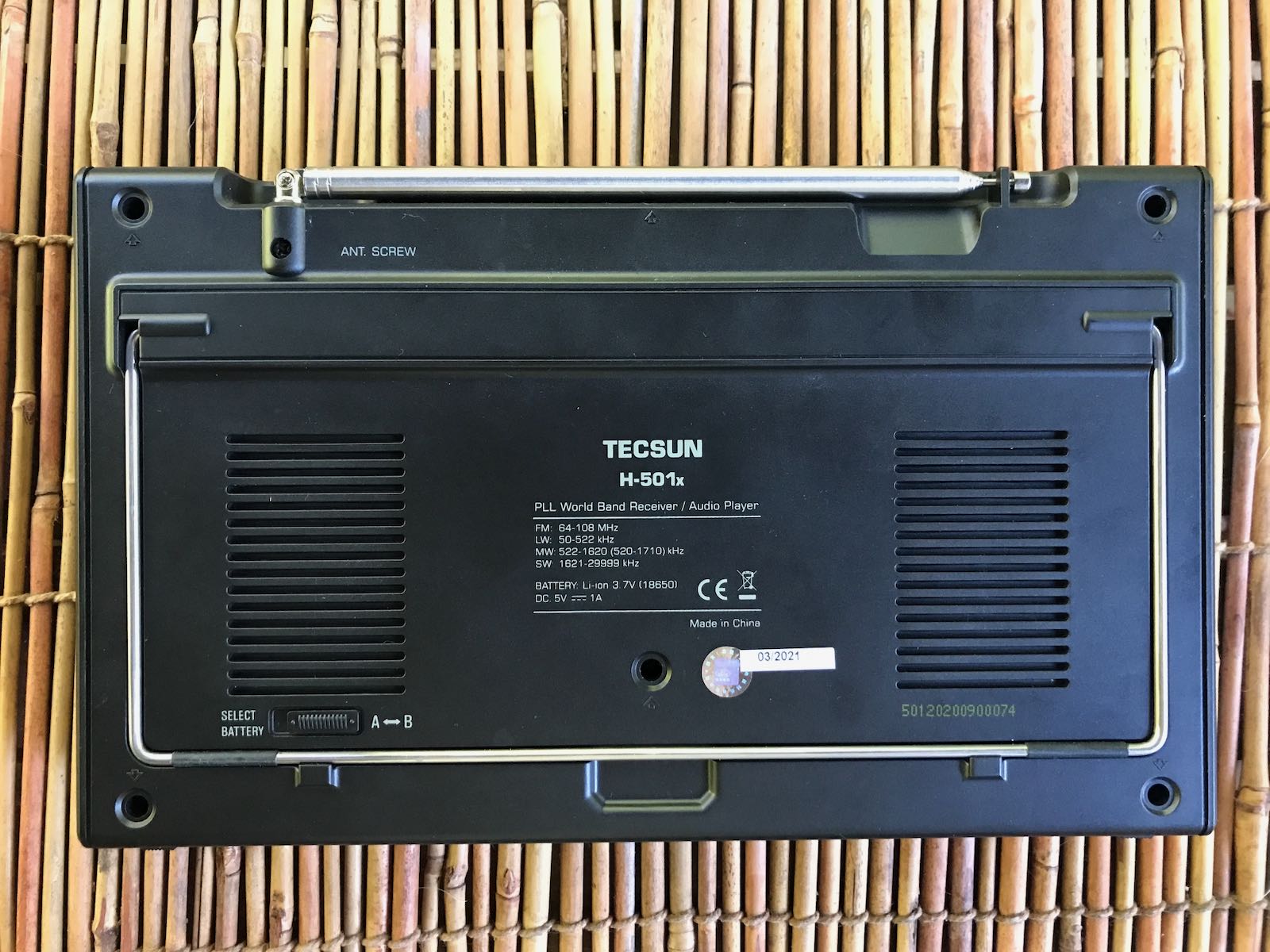
Firstly, the H-501x uses two 18650 Lithium Ion batteries housed in two separate battery compartments. Both batteries can be internally charged, but here’s the interesting part: each battery seems to be somewhat independent of the other. When you engage battery charging, you must select, via a mechanical switch on the back of the radio, “Battery A” or “Battery B.” Only one battery can be charged at a time, and thus only one will power the radio at a time.
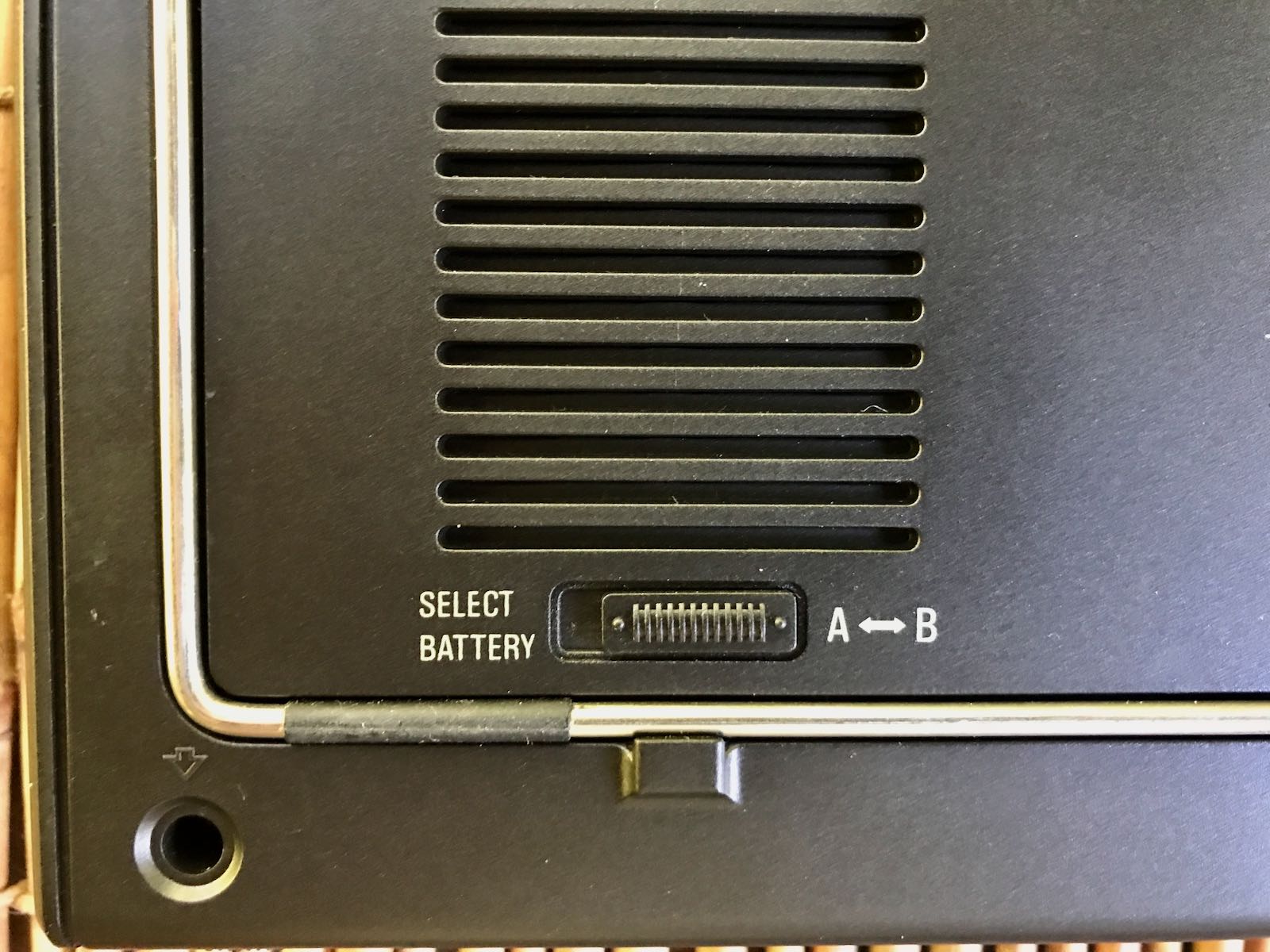 More than once, I’ve been listening to the H-501x and the battery indicator started flashing, signifying a low battery. I simply switched the battery switch to Battery B, and, voliá: I have a full battery again! This reminds me of a college friend’s VW Beetle that had a spare fuel tank…with this unique feature, when you were running low on fuel, you’d kick in the spare fuel tank and then make plans to refuel the main tank soon. Of course, with the H-501x, both these “fuel tanks” are also generous ones, in that the batteries last for a good while.
More than once, I’ve been listening to the H-501x and the battery indicator started flashing, signifying a low battery. I simply switched the battery switch to Battery B, and, voliá: I have a full battery again! This reminds me of a college friend’s VW Beetle that had a spare fuel tank…with this unique feature, when you were running low on fuel, you’d kick in the spare fuel tank and then make plans to refuel the main tank soon. Of course, with the H-501x, both these “fuel tanks” are also generous ones, in that the batteries last for a good while.
I find that the play time of each battery impressive given the size and audio amplification used in the H-501x. I had worries that the unit’s need for two batteries could suggest a short battery life, but fortunately this hasn’t been the case, no matter what mode I’ve used (FM, AM, shortwave, or Bluetooth).
However I will note here that the supplied switching power supply will inject noise if you try listening to AM or shortwave while charging. This hasn’t affected FM reception, though.
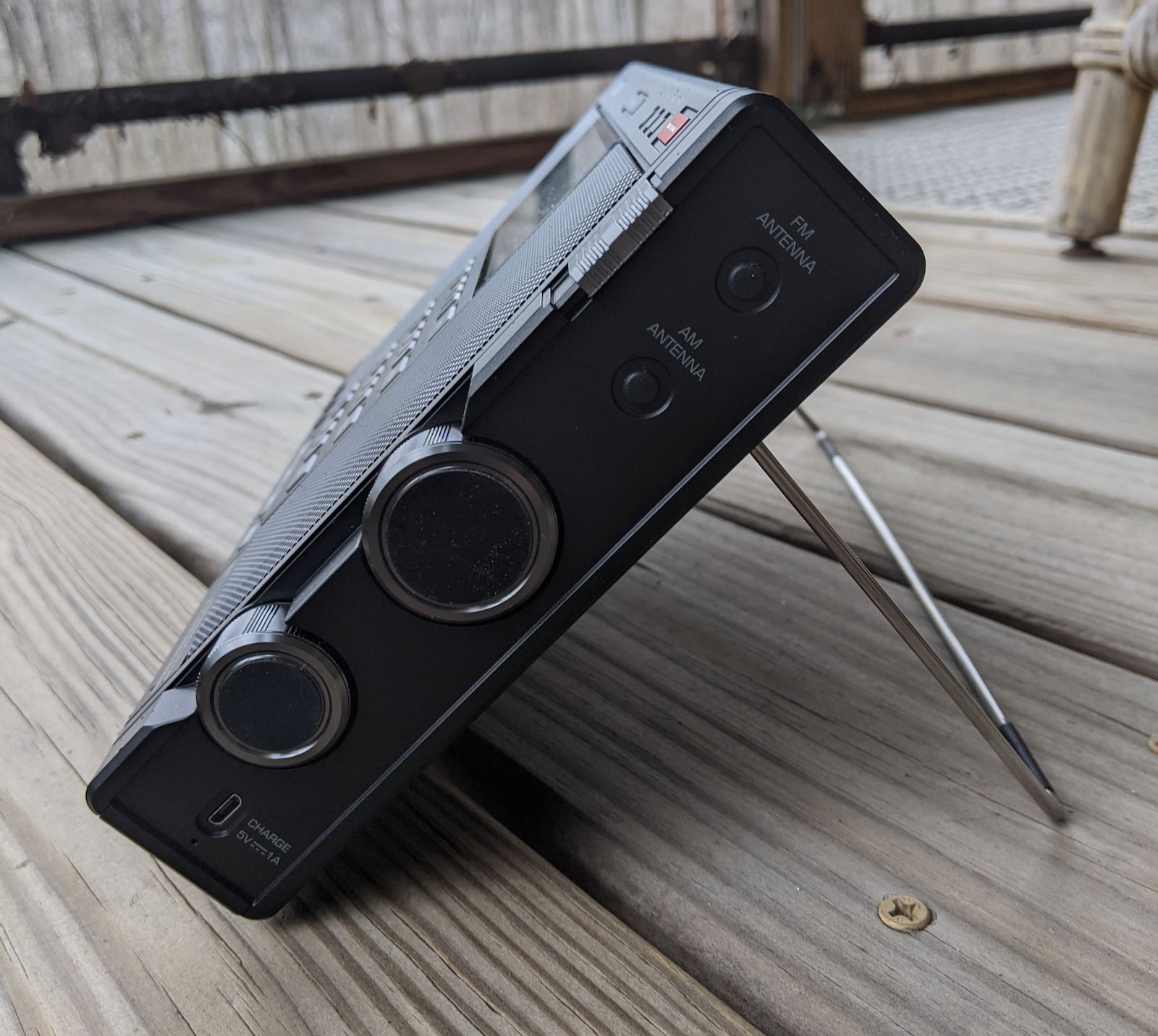
The fold-out metal bail on the H-501x is very large. This shouldn’t have surprised me, but it did. The H-501x is tall and wide, but not very deep––only marginally deeper than, say, the PL-880. The bail needed to be low-profile, but also support this mini “wall” of the radio while in use. The metal wire bail is handy and certainly does the trick, although there’s only one tilt position, and when it’s deployed, the radio effectively has a large footprint. This might limit where you can set it if the surface––say, a bedside table––is small. Not a problem for me, but worth noting. Continue reading →
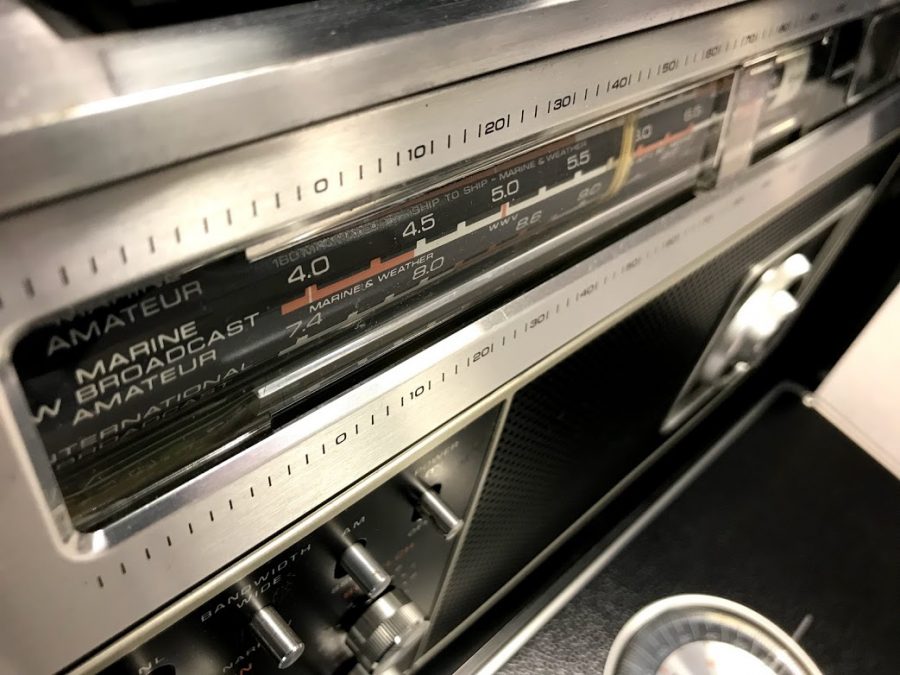 I recently learned from a few reports on Twitter that WTWW left shortwave for good on November 9, 2022 and will now only broadcast over the internet. I missed this announcement on the air and WTWW’s website doesn’t seem to reflect this information yet.
I recently learned from a few reports on Twitter that WTWW left shortwave for good on November 9, 2022 and will now only broadcast over the internet. I missed this announcement on the air and WTWW’s website doesn’t seem to reflect this information yet.
